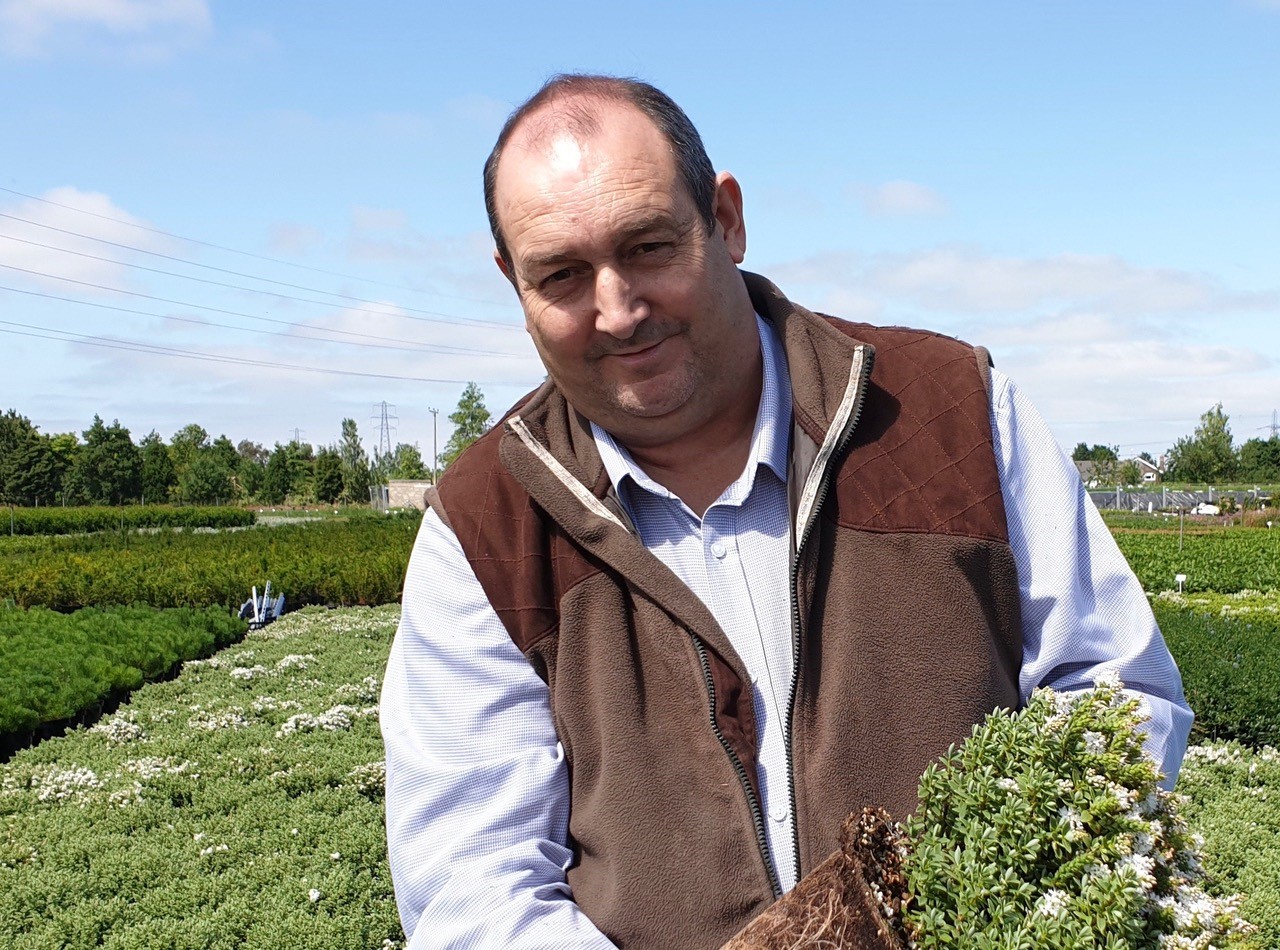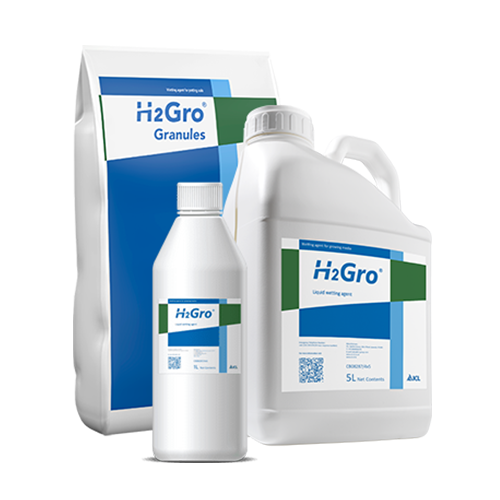With an official drought declared over much of the UK, ICL’s technical area sales manager Peter Robinson highlights some quick checks and useful pointers to help nurseries optimise irrigation performance and conserve precious water resources.

“A good place to start is to monitor water tanks,” he says. “Leaks can be almost invisible and sometimes worse than they look.
“It is good practice to check pump performance at least once a year – by this I mean the pressure and flow rate versus the manufacturer’s data. In addition, filters should be checked regularly and cleaned as necessary. Pressure gauges either side of the filter indicate the dirt loading – ideally there should be a 0.5 bar difference. Automatic or semi-automatic self-cleaning filters can be retrofitted.
“Throughout the season it’s a good idea to regularly check the pressure at ends of spray lines and drip systems. It is also prudent to calculate how much water each area to be irrigated should receive. An estimate of usage versus a water meter reading, helps highlight any leaks.”
Moving on to application equipment, Peter advises growers to carry out five checks.
- Test dripper output on a sample of drippers per line. A simple jug test gives a good indication of uniformity.
- For overhead irrigation, check application uniformity on beds using catch trays on a 1m grid.
- Check hose lance operators are watering effectively.
- Monitor capillary systems to ensure they are not causing excess run off.
- Check irrigation uniformity - if getting sufficient water to the driest points results in overwatering other areas – the effect is cumulative.
“Different growing medias have different water holding capacities,” explains Peter. “Peat-reduced and peat-free mixes tend to be drier and more hydrophobic - less able to hold water.
“Water holding capacity can be enhanced with our water management tool H2Gro - adding H2Gro granules to the mix and/or dosing H2Gro liquid in the dosing systems. H2Gro liquid can be selectively watered on to vulnerable areas, such as bed edges and ends, to improve water absorption and retention.” Learn more here >>>

Last but not least, Peter turns to irrigation scheduling.
“Providing all else is in good working order, the controller is central to effective watering,” he says. “Timing - length and time of day - and frequency of watering are key. It's a good idea to monitor crops by weighing pots and comparing results to a known ideal after each irrigation run or prior to reviewing irrigation.
“Remember, simple controllers need reprogramming relative to the prevailing conditions. Some controllers have water budgets, allowing users to increase or decrease all valve stations by a percentage. More sophisticated control can be achieved using evapotranspiration (ET) monitoring. With these systems, the ET can be applied manually to the irrigation controller or used to automate the irrigation scheduling.
Peter concludes saying; “with increasingly unpredictable weather patterns and as water becomes progressively more scarce and costly, it has never been more important for growers to ensure their irrigation systems are running as effectively and efficiently as possible.”
